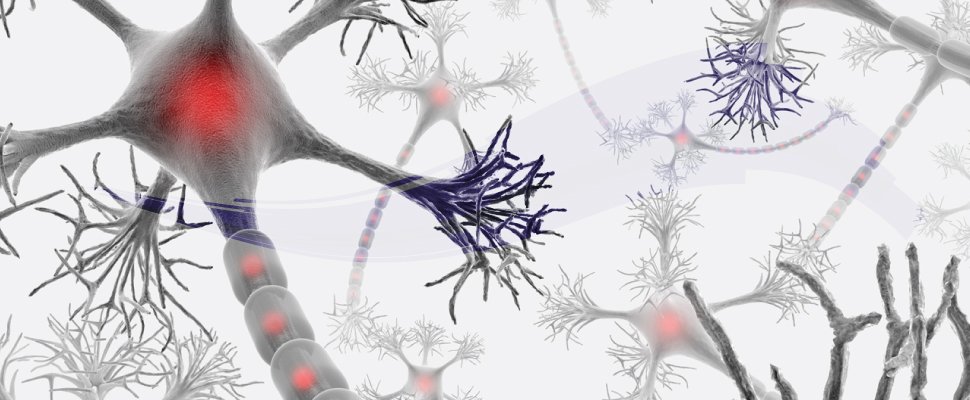


By Admin | 21/09/2017 | 5 Comments

Every cell in nature carries a rich surface coat of glycans, its glycocalyx, which constitutes the cell's interface with its environment. In eukaryotes, the glycocalyx is composed of glycolipids, glycoproteins, and proteoglycans, the compositions of which vary among different tissues and cell types. Many of the linear and branched glycans on cell surface glycoproteins and glycolipids of vertebrates are terminated with sialic acids, nine-carbon sugars with a carboxylic acid, a glycerol side-chain, and an N-acyl group that, along with their display at the outmost end of cell surface glycans, provide for varied molecular interactions. Among their functions, sialic acids regulate cell-cell interactions, modulate the activities of their glycoprotein and glycolipid scaffolds as well as other cell surface molecules, and are receptors for pathogens and toxins. In the brain, two families of sialoglycans are of particular interest: gangliosides and polysialic acid. Gangliosides, sialylated glycosphingolipids, are the most abundant sialoglycans of nerve cells. Mouse genetic studies and human disorders of ganglioside metabolism implicate gangliosides in axon-myelin interactions, axon stability, axon regeneration, and the modulation of nerve cell excitability. Polysialic acid is a unique homopolymer that reaches >90 sialic acid residues attached to select glycoproteins, especially the neural cell adhesion molecule in the brain. Molecular, cellular, and genetic studies implicate polysialic acid in the control of cell-cell and cell-matrix interactions, intermolecular interactions at cell surfaces, and interactions with other molecules in the cellular environment. Polysialic acid is essential for appropriate brain development, and polymorphisms in the human genes responsible for polysialic acid biosynthesis are associated with psychiatric disorders including schizophrenia, autism, and bipolar disorder. Polysialic acid also appears to play a role in adult brain plasticity, including regeneration. Together, vertebrate brain sialoglycans are key regulatory components that contribute to proper development, maintenance, and health of the nervous system.
Evolution has yet to generate a living cell without a dense and complex coating of sugars (513). In eukaryotes, cell surface sugars exist as glycoproteins, glycolipids, and proteoglycans, previously called complex carbohydrates but now commonly referred to as glycans (to distinguish them from dietary sugars). Invisible using standard microscopic techniques, glycans are dominant chemical and physical features of the extracellular surface of all cells, forming a deep, rich, and diverse glycocalyx (Figure 1). Glycans are the cell's interface with their outside world (159, 186, 481, 515); cell surface glycans (among other functions) mediate cell-cell recognition and regulate interactions between cells and other components in their local environment (e.g., pathogens, toxins, hormones, etc.). Evolution selected glycans to serve these roles based on their physical characteristics and structural diversity. Because they are predominantly hydrophilic and often negatively charged, glycans are hydrated and spread out in space (395). Compared with proteins, which fold in on themselves, glycans occupy much more space per unit mass and their conformations are very sensitive to even minor changes in chemical structure. Because each sugar-sugar bond can exist in two configurations (α and β), at any of multiple hydroxyls and in branched arrays, a relatively small number of fundamental building blocks (monosaccharides) combine to create a wide diversity of oligosaccharide structures. As the technologies required to determine glycan structure, expression, and function have improved, glycobiology has grown in its contributions to an enhanced understanding of physiology and pathology.